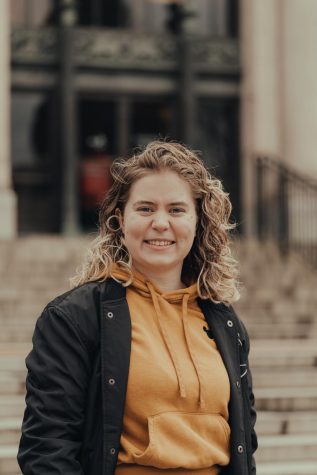Students with disabilities face housing challenges
May 3, 2021
Correction: In a previous version of this article both in print and online, Kathryn Magura Krieger name was spelt incorrect. Statements made by Margura Krieger and Earlee Kerekes-Mishra have been edited to provide more clarification.
Kobey Bonin, an Oregon State University senior student majoring in liberal arts who uses a wheelchair, has faced many challenges while trying to find accessible housing both on and off campus in Corvallis, Ore.
Before the start of the COVID-19 pandemic, Bonin lived in a residence hall on the OSU campus, though according to Bonin, (3:06) this was largely out of necessity rather than wanting to live there.
“I lived on campus in one of the accessible spaces because there’s not a whole lot of other options in Corvallis in terms of accessible housing, so I was kind of forced to deal with the limited number of spaces on campus that worked for me,” Bonin said.
Bonin explained that, based on where his friends were living off campus, he had realized that Corvallis had many old homes that were not accessible for people who used wheelchairs, so he didn’t even really try to search for housing off campus.
The University Housing and Dining Services also has similar issues with their older buildings on campus. Kathryn Magura Krieger, the assistant director of operations at UHDS, said that newer buildings are made to comply with the campus accessibility standards. These standards, according to her, strive to go above and beyond what is required within the Americans with Disabilities Act and provides living environments accessible for all.
Older buildings, however, are a different story because they were built when ADA or other accessibility standards were not in place, since the act became law in 1990.
“Buildings designed in the last century did not take a universal design approach like we do now, so we engage in a lot of conversations on a campus level when approaching our renovation projects to do our best to try and meet students’ needs,” Magura Krieger said.
While Bonin had been able to find something that worked for him on campus, he was given limited options of rooms that already were or could be made accessible to him.
“When I was looking for housing my first year, I was basically given three options of places to live…” Bonin said. “My situation was pretty lucky because that room was available, but there’s really not very many accessible spaces, so I would say that that’s definitely… it’s more inaccessible than accessible at Oregon State.”
Magura Krieger said that other students face similar issues.
“Sometimes having to actually make a request for an accommodation is a challenging hurdle to overcome,” Magura Krieger said via email. “I talk to a number of students (and even more parents) each year who express that making a request for accommodation makes them feel like they can’t have a “normal” college experience, which we strive to not be the case for our students.”
Magura Krieger said that UHDS tries to help these students and work with them to remove any barriers so they can have equitable experiences as students who don’t need accommodations.
“I try to give the student as much control over their housing placement as possible,” Magura Krieger said. “No two students with accommodations—even for the same disability—have the same needs, so it is up to me to engage in conversations with the students to see what we as a department need to do to provide the accommodation that supports them.”
The housing offered to students off campus tends to also have issues of accessibility. Like the older buildings on the OSU campus, many homes in the surrounding community were built when ADA standards did not exist.
“Based on the information students and families have shared with DAS in the past, Off-campus accessible housing is very very limited in the Corvallis and surrounding areas. So it’s not just Corvallis but Albany, Lebanon, Tangent, Philomath,” said Earlee Kerekes-Mishra, the assistant director of Disability Access Services at OSU. “Not many houses have ramps up to the doors. There’s usually steps. A lot of the newer buildings, they go multiple levels, so two or three levels high and there’s not always an elevator necessarily in a townhouse that’s two or three levels.”
Because many houses in the Corvallis area are not built with the disabled community in mind, students who are seeking housing often require many accommodations, but accessible spaces can remove many barriers for students with disabilities.
“I think [accessible housing is] important because… when my needs are met, my disability doesn’t really impact my life very much,” Bonin said. “If I have an accessible space, it’s just so much easier than having to constantly have small barriers to accessibility.”
Despite efforts made by OSU and UHDS, students with disabilities may still face housing challenges both on and off campus.
“Oregon State prides itself on being a community school, and there are members of that community currently being left out,” Bonin said. “By making campus more accessible, it allows people like me and others to join into that community and bring our perspective into the mix of student perspectives and strengthen the community as a whole. And, in my experience, I think a lot of Oregon State students care about building their community around themselves.”







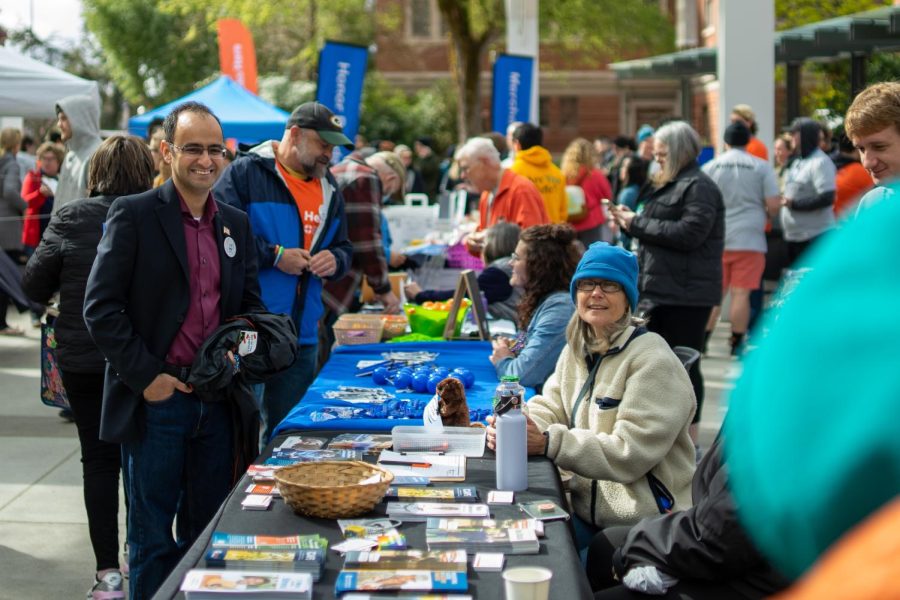
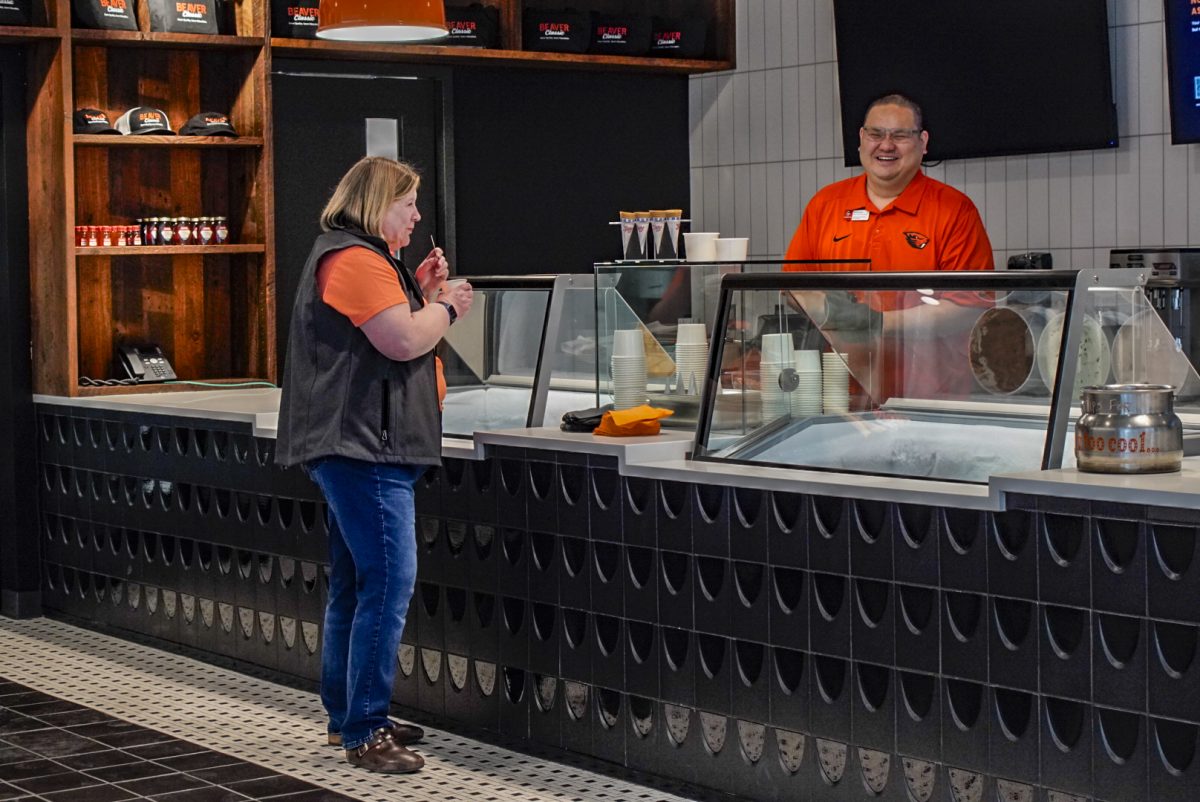
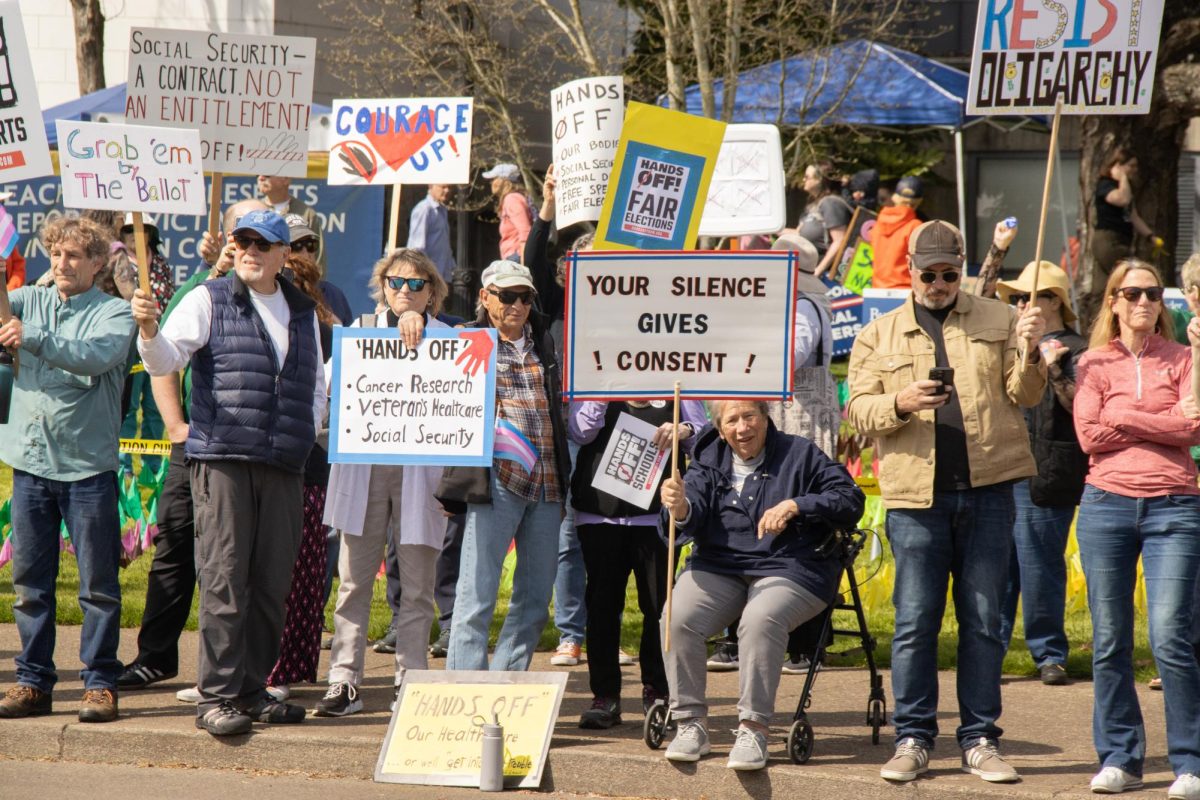

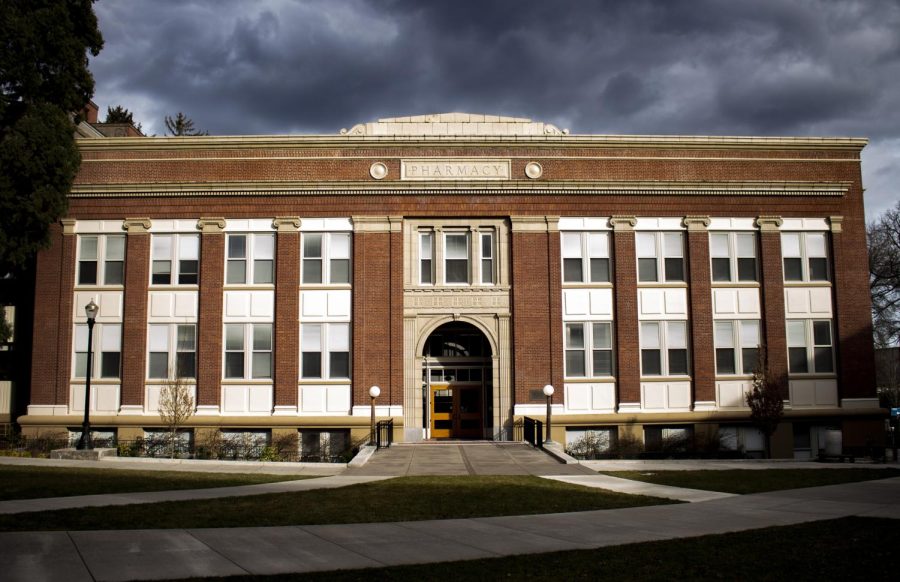





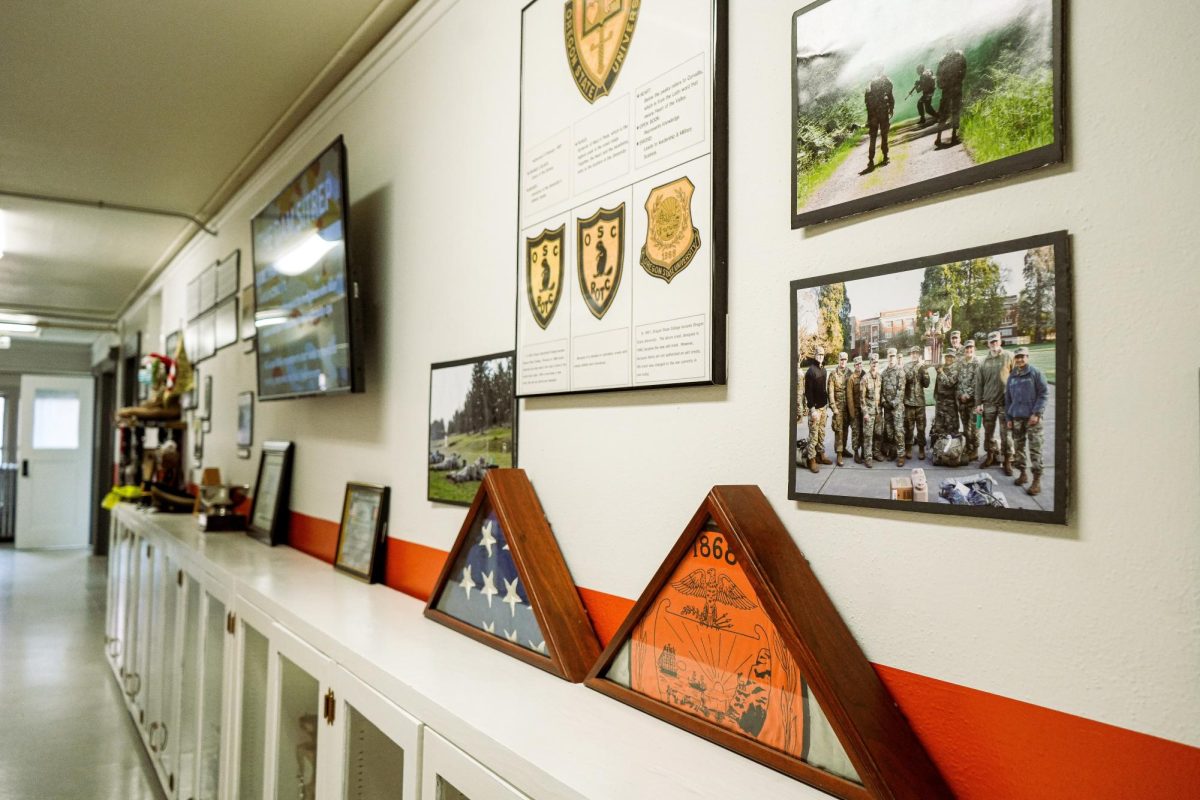
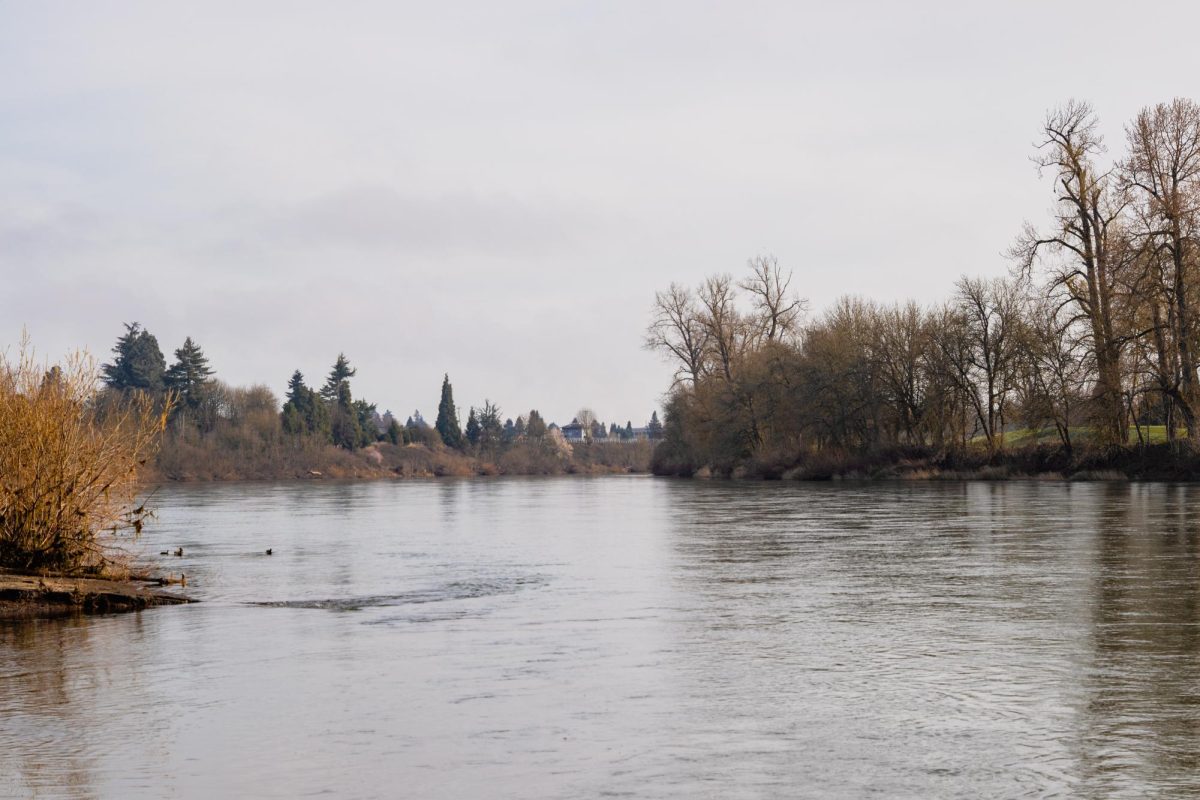

































































![Newspaper clipping from February 25, 1970 in the Daily Barometer showing an article written by Bob Allen, past Barometer Editor. This article was written to spotlight both the student body’s lack of participation with student government at the time in conjunction with their class representatives response. [It’s important to note ASOSU was not structured identically to today’s standards, likely having a president on behalf of each class work together as one entity as opposed to one president representing all classes.]](https://dailybaro.orangemedianetwork.com/wp-content/uploads/2025/03/Screenshot-2025-03-12-1.00.42-PM-e1741811160853.png)
























